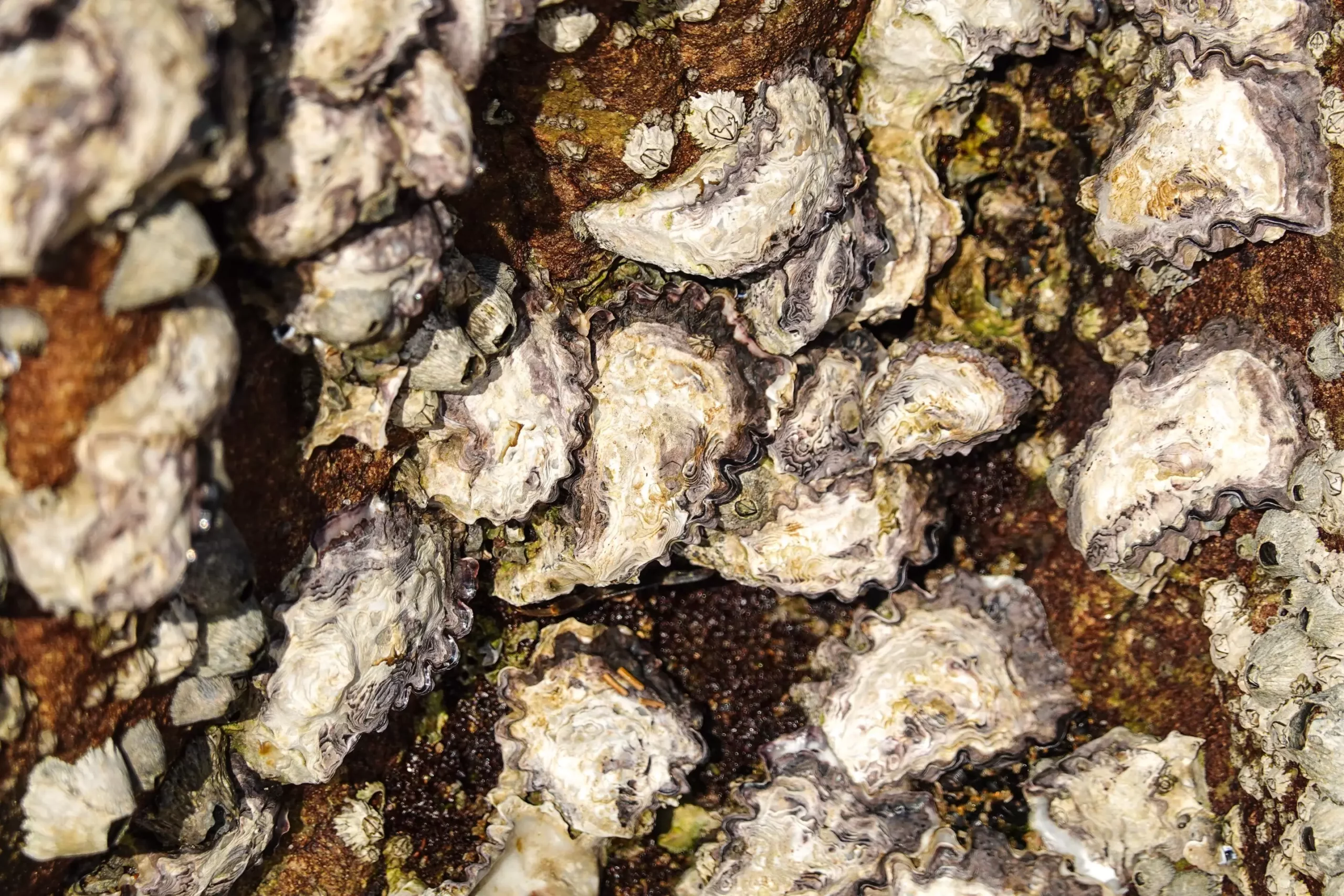When people think of oysters, their minds often drift to fine dining experiences and the briny delicacy that is savored raw or cooked. However, beneath their culinary appeal lies an intriguing biological marvel that could revolutionize the glue industry. Freshwater oysters, particularly the Etheria elliptica species found in African water bodies, manufacture a unique adhesive that might lead to the creation of environmentally friendly glues with diverse applications. Recent research conducted at the Canadian Light Source (CLS) in Saskatchewan has uncovered the mysteries behind the properties of this oyster glue, revealing its promise for a myriad of practical uses ranging from construction to dental care.
Understanding Oyster Glue: Composition and Characteristics
The groundbreaking research sheds light on the composition of the adhesive produced by Etheria elliptica. Unlike any adhesive known in other organisms, this substance comprises aragonite—a mineral that is structured meticulously by the oyster. What sets this adhesive apart is its peculiar gradient hardness; it has a soft exterior that transitions to a firmer interior, a feature that could mimic the qualities required in human dental tissues and bone structures. As Professor Rebecca Metzler, a physicist at Colgate University, articulated, the fundamental characteristics of the oyster’s adhesive show significant similarities to human biological tissues.
The team’s exploration into the adhesive’s components revealed that it is not just the mineral aragonite at play; the oyster biochemically binds aragonite particles with specialized proteins, enhancing the adhesive’s stickiness. This insight has prompted scientists to think critically about creating synthetic versions of this glue in laboratories replicating the oyster’s natural processes.
The research was conducted utilizing advanced imaging and data-gathering techniques supported by the CLS. The combination of microscopy and an optimal energy range allowed for a detailed analysis of the oyster glue composition. This methodological approach is vital for investigating biological tissues, providing insights into both structure and function. As Metzler noted, this research represents a significant leap in understanding the structural properties of biological adhesives and their potential applications in human-use scenarios.
Moreover, the collaboration with the Advanced Light Source (ALS) synchrotron reinforced the experimental validity, demonstrating how multi-facility partnerships can enhance scientific discovery. The findings published in the journal Advanced Materials Interfaces could redefine how synthetic glues are formulated, making strides towards biodegradable and sustainable alternatives.
Potential Applications Beyond Adhesives
The implications of this research extend far beyond the commercial glue market. The possibility of formulating adhesives that can successfully bind dental implants opens new avenues in preventative dentistry and dental restoration. Current synthetic glues used in various industries, including packaging and construction, often come with environmental concerns. By developing biodegradable glue alternatives inspired by the oyster’s adhesive, it is possible to reduce plastic waste significantly.
Furthermore, the technological advancements not only promise industrial innovations but also play a crucial role in ecological conservation. Understanding how Etheria elliptica create their underwater habitats is imperative for maintaining biodiversity—especially as global freshwater mussel populations dwindle. The preservation of these habitats is vital for other species and ecological dynamics, making the research relevant for conservation strategies amidst climate change.
While the current research focuses on historical samples, there are pressing questions surrounding the long-term effects of climate change on freshwater oyster populations. Metzler’s interest in investigating newer samples could uncover shifts in adhesive properties that correlate with environmental changes. As rising temperatures and pollution levels continue to affect aquatic ecosystems, understanding these dynamics will not only benefit scientific research but will also inform local communities about sustainable harvesting practices.
The exploration of oyster adhesives leads us into new territories of innovation and sustainability. By harnessing the unique properties of Etheria elliptica, researchers are on the brink of creating greener adhesives that could significantly impact various industries and contribute to ecological conservation efforts. As we continue to uncover the secrets hidden within our natural world, the humble oyster may prove to be an unexpected champion of sustainability.


Leave a Reply